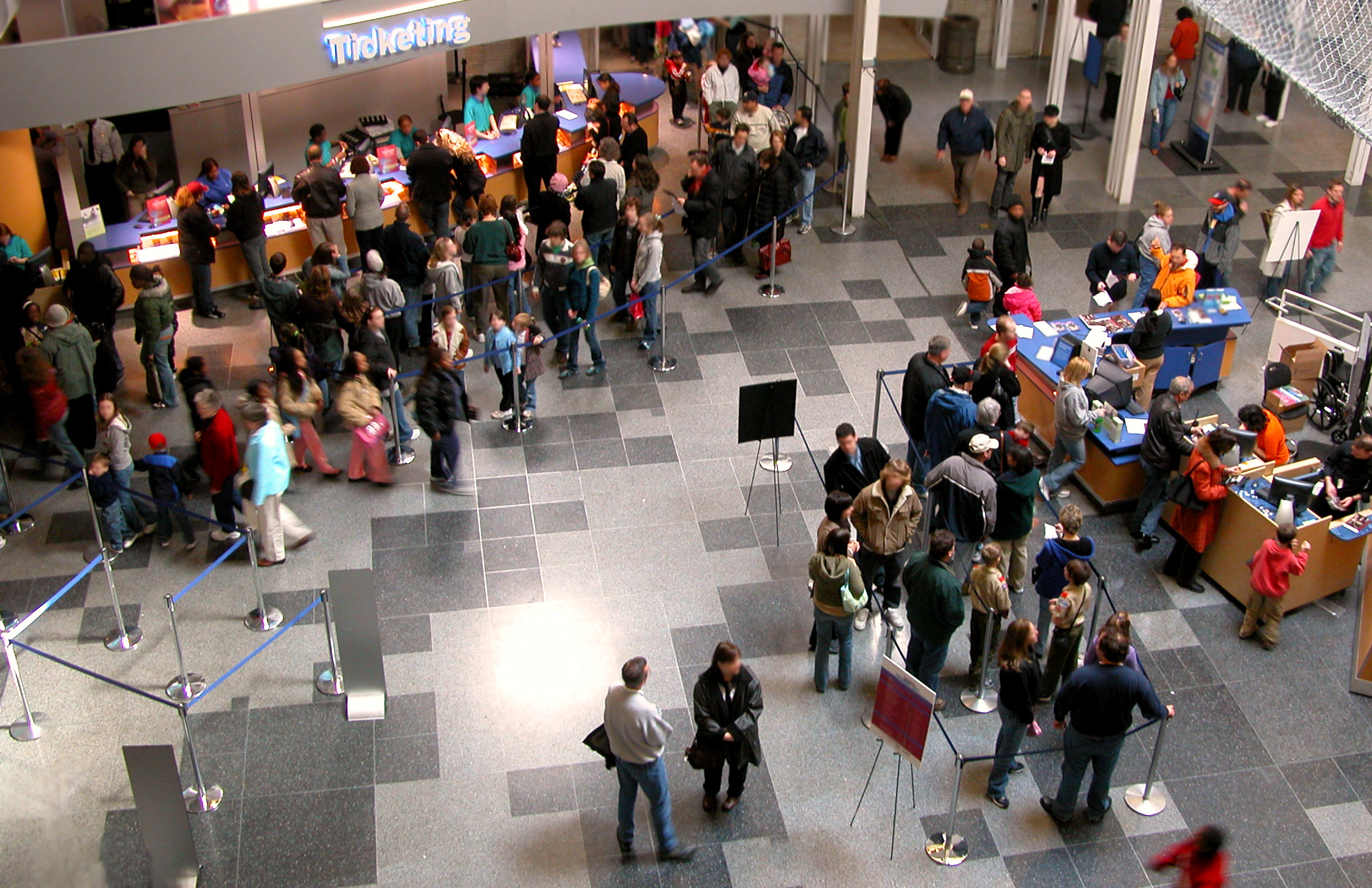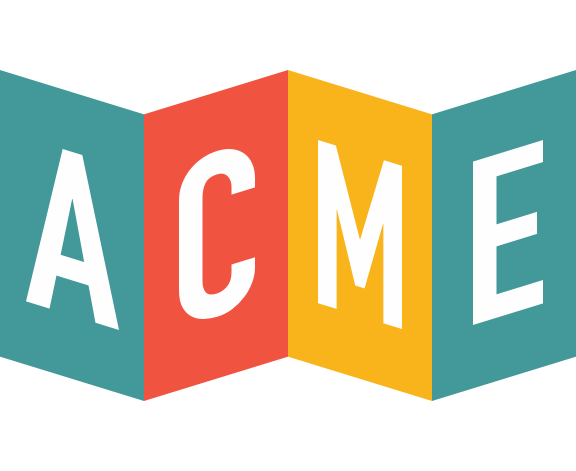
Museum Fundraising Plan Checklist
As nonprofit institutions, museums rely on fundraising to help expand, develop, and maintain their exhibitions and galleries.
But what kind of museum fundraising plans and strategies should museums utilize to create the most effective fundraising campaign? Unfortunately, there isn’t a catch-all strategy to museum fundraising. Each museum and exhibition comes with different needs, demands, and external factors that must be assessed individually.
What museums can do, however, is refer to a best-practice museum fundraising plan checklist. By going through each step of the checklist, museum curators can create goals, evaluate their challenges, and develop a competent strategy to build a successful fundraising campaign.
Below is a museum fundraising plan checklist to help guide museums into kickstarting a practical and effective fundraising strategy.
Develop a Fundraising Plan
The first step to any general fundraising checklist is to develop a plan for your museum. Because all museums are different and are set in varying locations, the contents of such a plan will differ accordingly.
Here are a few things you want to establish early on in your fundraising plan checklist.
- Establish your goals. What is the money going towards? Will it go towards an exhibition? Will it be to expand your team? Develop your marketing strategy?
- Once you’ve figured out what you’re trying to do, you can discern how much money you need to earn.
- Set up a timeline. By when would you like to reach your goal? What benchmarks are you aiming for you on the way?
- Define your target donor. Donors come in many shapes and sizes. You can aim for a few large donors or several small donations. Defining your target donor will allow you to develop a marketing strategy and specify the contents of your fundraiser.
- What kind of fundraiser do you want to develop? If you’re looking to become a key member of the community, you might want to consider hosting a fundraising event at your museum or within the city. If you want to reach a wider audience, taking your fundraiser online or through social media might be a better approach.
Create Your Museum Fundraising Campaign
Once you’ve defined the goals and contents of your museum fundraising plan, you need to create a fundraising campaign message to connect with potential donors. This aspect of your checklist is, in other words, your marketing strategy.
Start by developing a message, slogan, or theme that will capture the heart of the campaign. When crafting your message, you want to convey your museum’s goals, priorities, and visions. Donors should get a clear sense of what their money will go to and to whom it will best serve.
Focus on things like the museum’s impact on its community and a functioning society at large. Additionally, communicate how their donations will contribute to the betterment of the museum’s artistic, scientific, historical, or other relevant subjects’ achievements.
Establish your Museum Fundraising Team
You can’t develop a successful museum fundraiser without creating a solid and dedicated team.
The different leaders and components of your team should be defined in the first step of planning. Once you understand the workload necessary for your fundraiser, you can go ahead and delegate leaders, teams, and the individuals capable of executing the necessary tasks.
Host meetings, create a collective vision, and communicate regularly with the various team departments to make sure you’re fundraising plan is on task and on time.
Assess Museum Donor Options
Getting an idea of donor options has as much to do with available donors as it does with your budget.
If you’re hosting an event, for example, then you obviously don’t want to spend more or an equal amount of money relative to what you’re receiving in donations. You want to make sure that the donors you’re reaching with the fundraising campaign will exceed the amount you spend on marketing, hosting an event, and other fundraiser costs.
Here are some of the costs you should consider in your museum fundraiser plan:
- Staffing costs.
- Venue costs.
- Marketing.
- Curating costs.
- Catering.
- Social media presence.
If you’re a small museum attracting small to medium-sized donors, you don’t want to host an event that costs $100,000.00. Find out who you’re targeting and create a fundraising budget that makes sense for your returns and the benefits your museum will gain with the donations.
One of the best ways to develop a fundraising strategy is to understand the individuals who care about your museum and the exhibits you’re presenting. A state-of-the-art CRM will provide you with all the tools you need to keep track of visitors and relevant members of the community.
ACME’s powerful CRM allows museums to connect with any 3d-party CRM of your choice. Our system will help you to keep your information up-to-date and allow your staff to better manage your customer relations. Expand your possibilities and see an ACME demo today.

